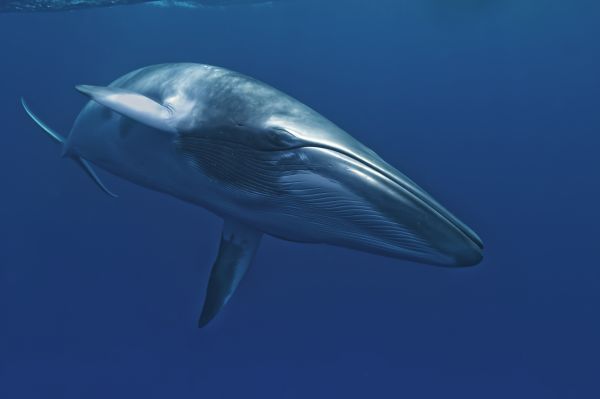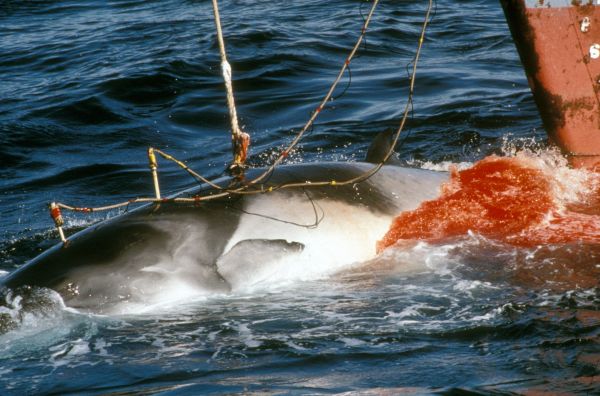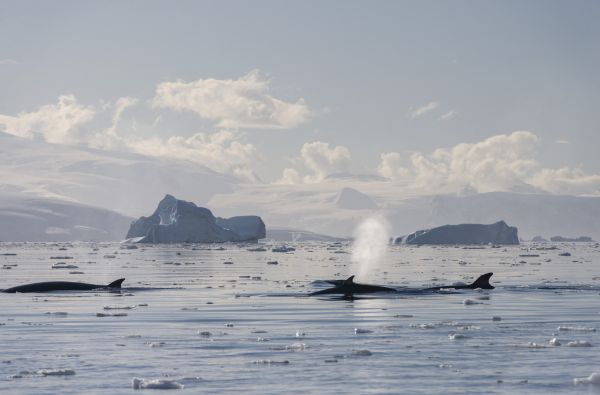
Starting December 1, it will be a bad time to be an Antarctic minke whale. After a year’s moratorium, Japan has announced that it will send a four-ship whaling fleet into Antarctic waters with the goal of capturing 333 minke whales between the months of December and March. This number is, for Japan, historically low (one-third their typical catch), and the Antarctic minke whale’s population is considered stable — still, the decision does bring up a number of considerations for the conservation-minded.
What are these considerations?
CULTURE
It can be easy to criticize a tradition from outside one’s own culture. Japan does indeed have a long history of whaling, dating back hundreds, even thousands of years. The practice built towns, fed populations, and contributed to a sense of national pride. According to Masayuki Komatsu of Japan’s Fisheries Agency, “No one has the right to criticize the food culture of another people.”
Put that way, it might be easier to understand why Japan balks at being told by outside sources that their timeworn tradition needs to end. We might feel more than a little miffed if our Thanksgiving turkey tradition was threatened from the outside, and that’s without thousands of years of collective experience behind it.
But if tradition is ostensibly one of Japan’s major reasons for continuing the practice of whale hunting, it seems important to note that the minke whales aren’t being taken with old-school nets, harpoons, and long knives. Power-driven vessels, cannons and exploding harpoons have modernized the hunt in a way that the prey can never hope to compete with, nor adapt to. While the consumption of whale meat may be traditional, the method of capture is less so.
TRANSPARENCY
Following the International Whaling Commission’s 1982 call for a moratorium on the commercial hunting of whales — which remains in place to this day — Japan continued the practice by accessing one of three important exemptions. In this case, the scientific exemption, which allows for a nation to issue its own unilateral “scientific permit” to practice research whaling. So long as the animals are being killed for research purposes, any nation may apply for the exemption, with the IWC asking that it be informed of the issuance, and that scientific reports be made annually.
With that in mind, it’s more than a little concerning to note that in 2014, the International Court of Justice ruled that the Japan’s program did not qualify as a research program, specifically citing that:
The evidence does not establish that the programme’s design and implementation are reasonable in relation to achieving its stated objectives…The special permits granted by Japan for the killing, taking and treating of whales…are not for purposes of scientific research.
While some provisions are made for the sale of whale products obtained as a by-product of lethal research, much of the whale meat Japan obtains ends up in restaurants and supermarkets; enough to give the IWC cause to argue against Japan’s continued use of the scientific exemption. It’s been suggested that not enough time, care, or consideration is being utilized in the consideration of non-lethal research methods, which are already developed and offer a viable alternative.
SUSTAINABILITY

As noted above, current Antarctic minke whale populations are considered “stable;” and they are in fact the most abundant rorqual in the world. For this reason, Japan argues that the animal makes for an important renewable resource, one that can be managed sustainably. But when we look closely at why the minke population is doing so well, especially in comparison to other whale populations, the answer is a little discomfiting.
Commercial whaling is responsible for the ocean-wide reduction of the minke’s competitors, opening up a greater pool of food resources for animals that once had to compete with more and larger animals for their dietary needs. That’s a change in the ecosystem that did not come about naturally, and it doesn’t necessarily bode well for the minke in the future. Nor does the uncomfortable habit throughout history of looking at populations of wild animals as “renewable” resources right up until the point that they aren’t.
CONSERVATION OPPORTUNITIES

The ocean, considered by some to be the true “final frontier,” remains an area of scientific discovery, a source of sustenance, and most importantly, an undeniable keystone in the health of our planet (home to untold species and organisms).
As the Earth’s apex predator, the job has fallen to us to become stewards of animals and ecosystems that we’re still working to understand. It can seem like a bit of a tall order, especially when a lot of us are working to understand ourselves. The good news? There are some easy ways to practice every day ocean conservation.
- Download Monterey Bay Aquarium’s Seafood Watch App, and practice eating sustainably.
- Use fewer plastic products; tote bags make great shopping bags, carry a reusable water bottle, and avoid one-time use packaging as much as possible.
- Participate in citizen science; there are plenty of ocean-based projects that are fun and easy to be a part of.
- Watch this film and challenge yourself to make a difference.
How do you feel about the Japanese practice of hunting whales? Let us know in the comments!






